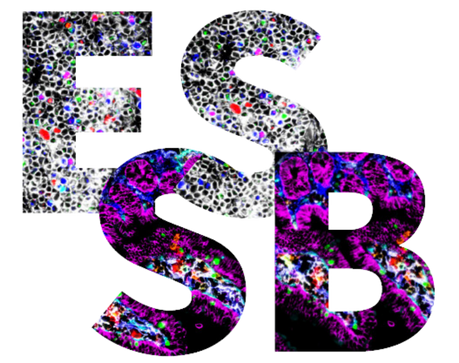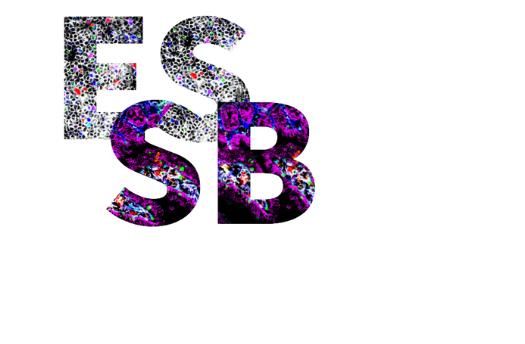Why is immunotherapy effective among some patients but not others? In Session 7 of the ESSB conference, Raza Ali https://www.ali-lab.co.uk/ will present how understanding spatial dynamics of the tumor microenvironment in breast cancer can help predict responses to immunotherapy.
Join us on December 12/13 and become part of the spatial biology community-abstract submission until September 15
https://lnkd.in/djPz6ptY
Hashtag#imagingmasscytometry Hashtag#spatialbiology





